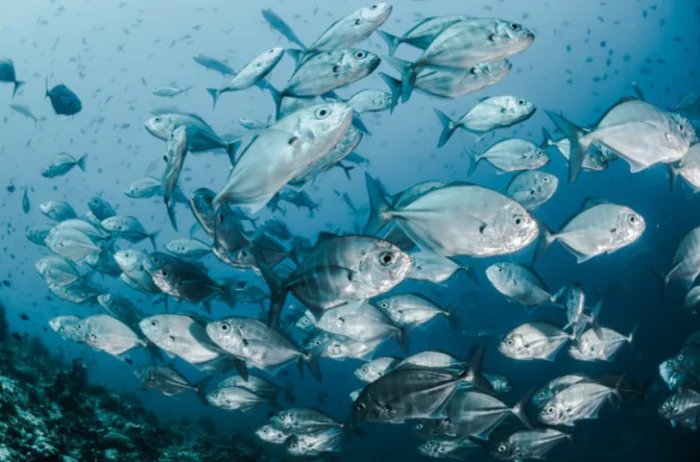Case Study: Removal of Multiple APIs to Below PNEC Levels
Successful removal of four Active Pharmaceutical Ingredients (APIs) from pharmaceutical wastewater, reducing concentrations to levels below the Predicted No Effect Concentration (PNEC).
The discharge of active pharmaceutical ingredients (APIs) into the environment can present numerous problems and concerns. Due to their slow breakdown rate, APIs from manufacturing, usage, and improper disposal persist in the environment for prolonged periods and may resist removal via conventional water treatment processes. Consequently, this persistence can result in contamination of surface and groundwater, adversely affecting both aquatic ecosystems and human health.
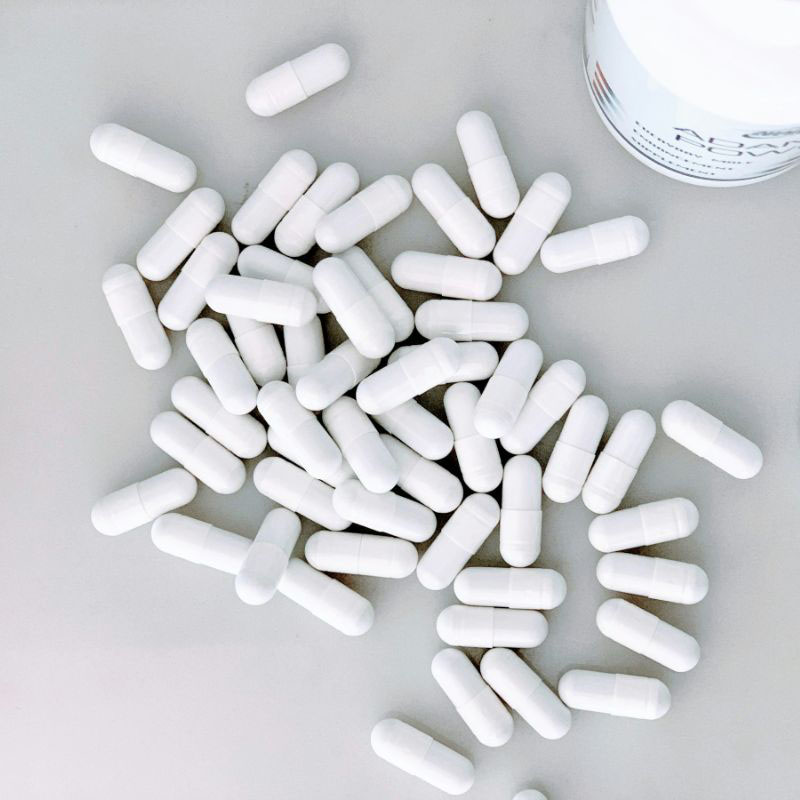
A widely recognised pharmaceutical manufacturing company approached Arvia with the goal to remove four active pharmaceutical ingredients (APIs) from their wastewater.
The client produces four APIs: Ibrutinib, Topiramate, Rilpivirine (TMC278) and Palperiode Palmitate. They have the option to discharge their wastewater into the municipal water treatment plant, whose effluent is then discharged to a river. However, the client’s effluent is currently incinerated because the municipal water treatment has not been able to remove these API’s. Incineration is costly and has a high carbon footprint, so this manufacturer is in need for a better solution.
The client attempted to use ozone and GAC without success before seeking a more effective solution.

Irais Baizabal
Wastewater consultant
Schedule a call with one of our wastewater treatment consultants at your convenience. Or you can send us an enquiry.

The client has enlisted Arvia’s services to destroy all four APIs down to their Predicted No Effect Concentration (PNEC) values to safely discharge the effluent.
As an incineration alternative we proposed to the client our Nyex Ellenox™ followed by Nyex Rosalox™ to reduce the concentration of Topiramate, Ibrutinib, Rilpivirine and Palperiode Palmitate from their wastewater. The range is called Nyex™, and they are all based on a super-efficient electrochemical oxidation process that produces hydroxide radicals (·OH) that destroy organic pollutants, either with or without an integral adsorption process in the same unit.
Pharmaceutical company, US

The original objective from our client was to reduce the pollutants down to PNEC level. By working closely with the client and implementing the Nyex treatment system, we were able to successfully achieve the desired reduction in pollutants and ensure compliance with environmental standards.
The client’s initial attempts to address the contaminants involved using ozone and GAC, but these methods proved to be ineffective in achieving the desired results. As a solution, our team proposed a comprehensive treatment process that involved utilising the Nyex Ellenox™ system to target specific pollutants, followed by treatment with the Nyex Rosalox™ system to further enhance the removal efficiency.
The successful implementation of this advanced treatment system not only met the client’s requirements but also exceeded their expectations, providing a sustainable and long-term solution for removing APIs from their wastewater.
Tell us what organic compounds you need to remove from your water and our consultants will give their recommended approach which might involve:

The chart illustrates the initial concentration of Topiramate, set at 800ppm. Arvia accomplished a PNEC value of 1ppm within 19 hours, with a concluding concentration of 0.47 ppm reached by the 23rd hour.
The graph displays the initial concentration of Ibrutinib, which stood at 10.4ppm. It took 4 hours for this concentration to decrease to below the PNEC threshold of 0.0015 ppm.
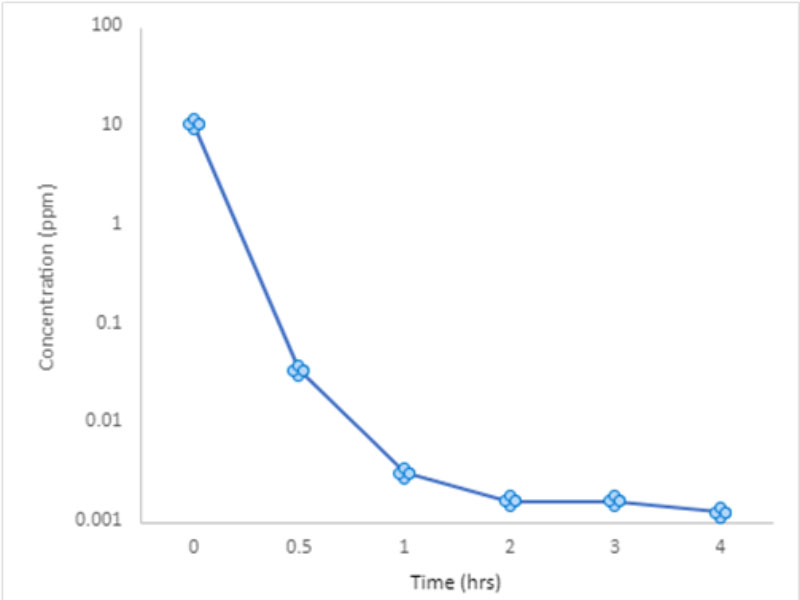

The chart exhibits the initial concentration of Rilpivirine at 0.28ppm, which we effectively lowered to the PNEC level of 0.002 ppm within 1 hour using a combination of the Ellenox and Rosalox reactor.
The chart indicates that the initial concentration of Paliperidone Palmitate was 6.14ppm. After passing through our Ellenox and Rosalox reactor, the wastewater concentration was lowered to below the PNEC threshold of 0.25 ppm within 1 hour.

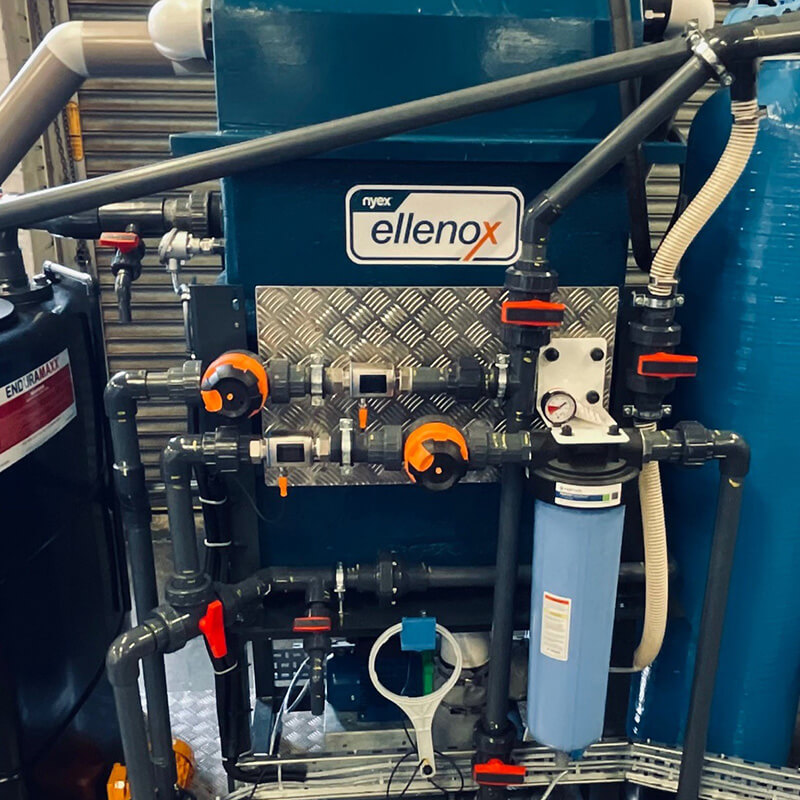
The project proved highly successful, evident in our ability to meet the client’s objective by reducing all four APIs to PNEC levels. Our aim was to provide a viable alternative to the expensive incineration method, opting instead for a more environmentally friendly and cost-effective water treatment approach.
Moving forward we are planning to utilise both the Ellenox and the Rosalox system to efficiently remove all four APIs produced in our client’s wastewater, while also optimising operational cost (time and energy consumption).
First the Ellenox will be used to reduce the bulk of the COD and then the Rosalox will serve as the final polishing step, reaching these very low targets. The combination of them ensure we reach the target with the highest efficiency at the lowest operational cost.
03.3.2023

Case study shows how our Nyex Ellenox system achieved over 99% removal rate of Triton X 100 (4-tert-OPnEO) from pharmaceutical wastewater.
03.3.2023

A pharma company asked us to help them stop the spread of AMR by removing APIs and COD from wash water.
03.3.2023

"Arvia's technology is innovative and has been proven to solve our waste issue."
Life sciences
We remove APIs and hard-to-treat micropollutants from wastewater for pharma, CDMOs, animal health, biotech and biopharma sectors.

Speciality Chemicals
We help specialty chemical companies clean their process water, removing active ingredients, biocides, recalcitrant COD and micropollutants.
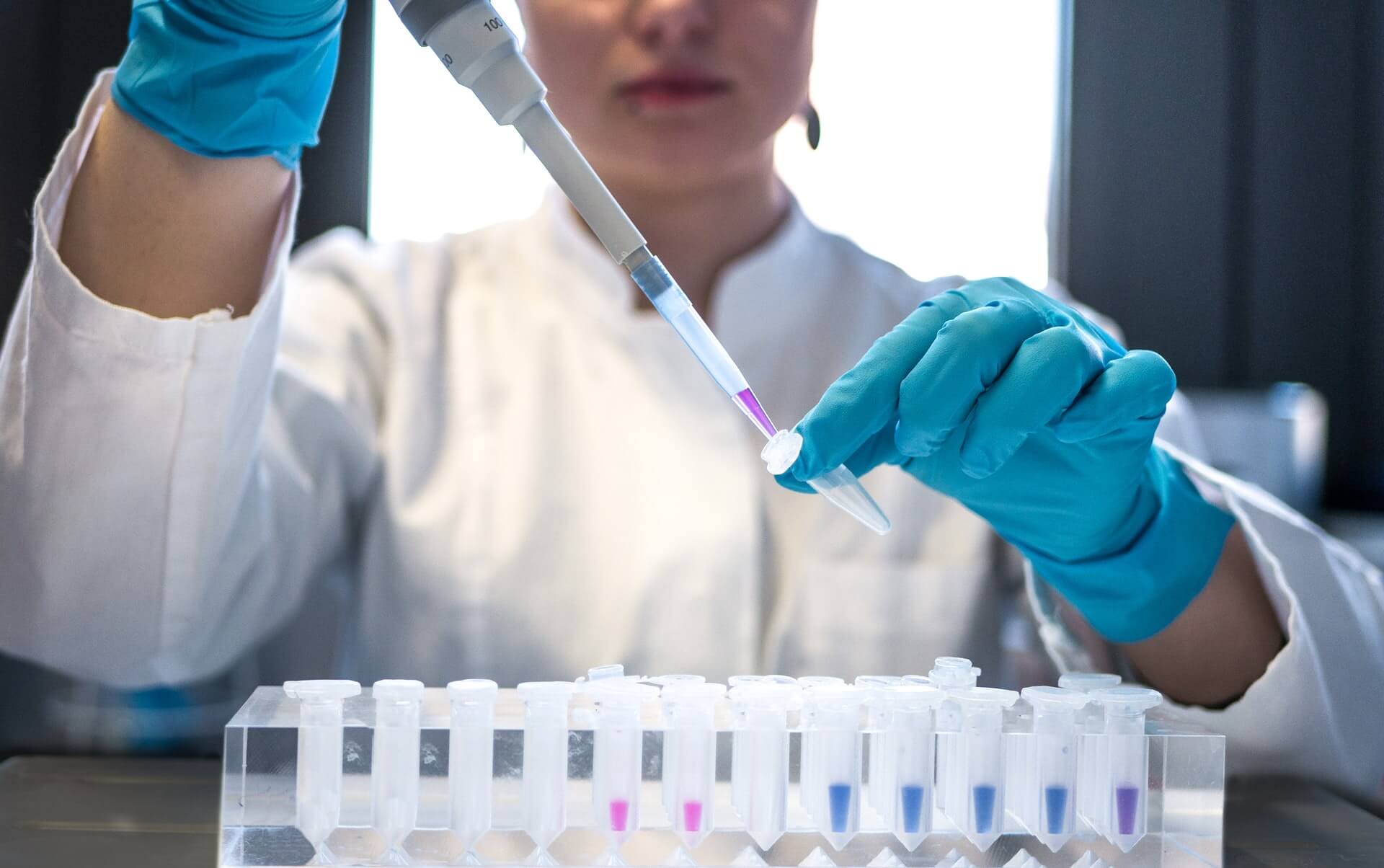
Agrochemicals
Our industrial wastewater treatment process is very effective in removing organic chemicals such as pesticides, herbicides and insecticides.

Manufacturing
We provide industrial wastewater treatment solutions removing biocides and other micropollutants in wash water and blowdown water.
Aquaculture
Our aquaculture wastewater treatment removes pesticides used to treat sea lice, as well as medicines and off-flavours found in RAS facilities.
